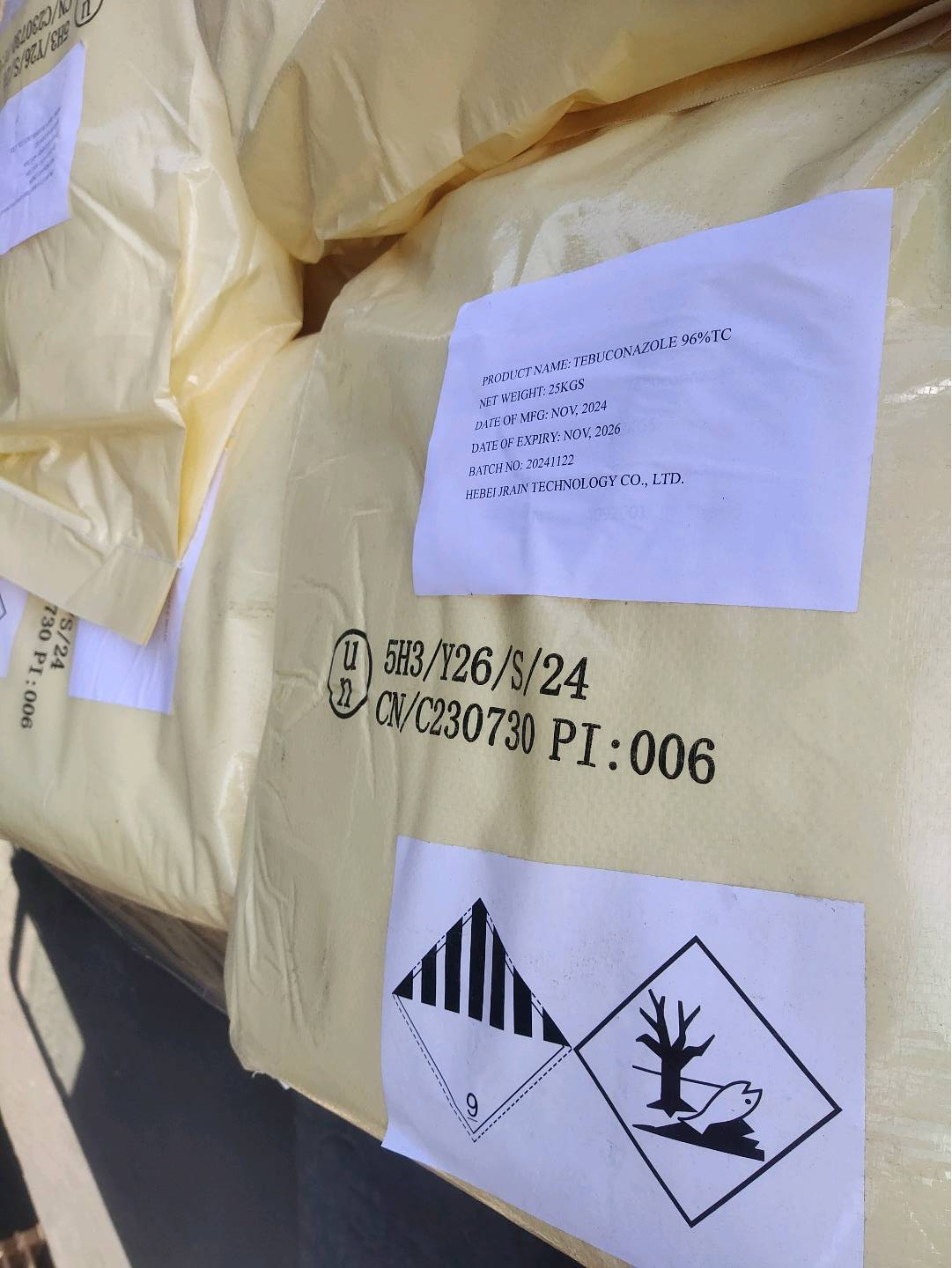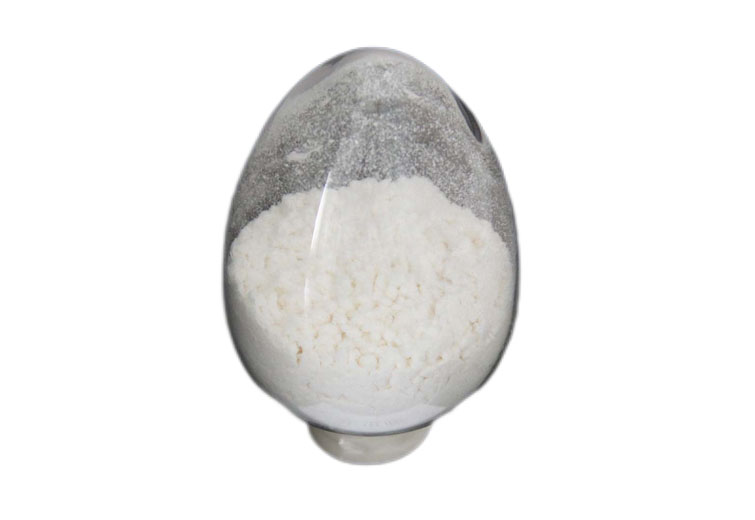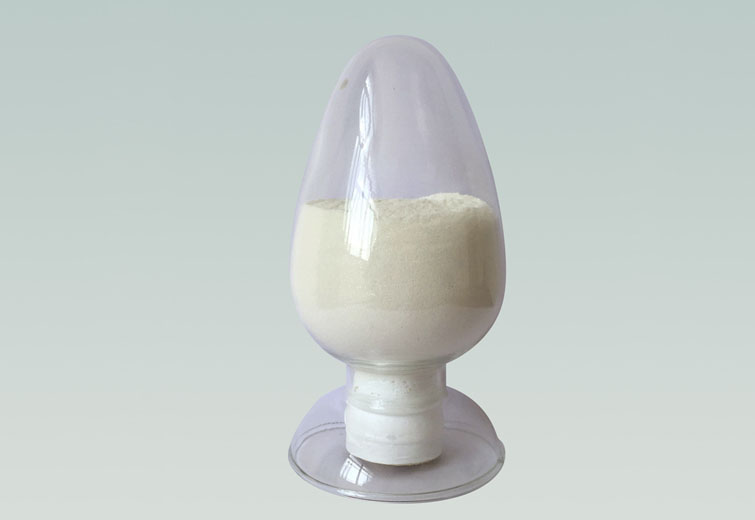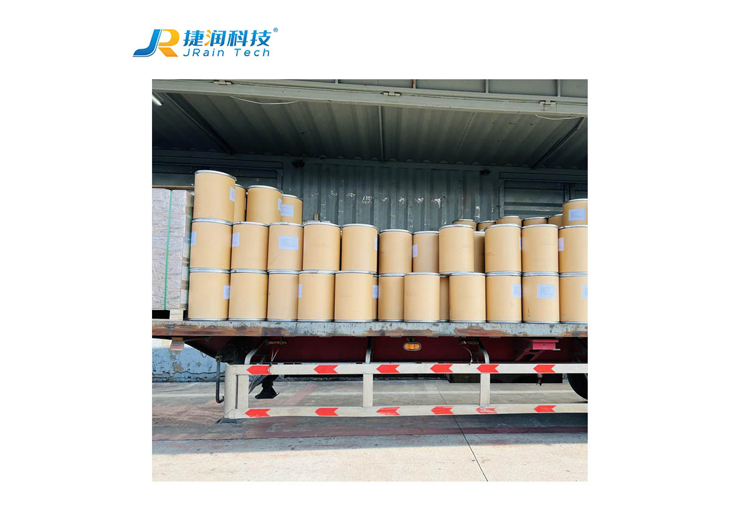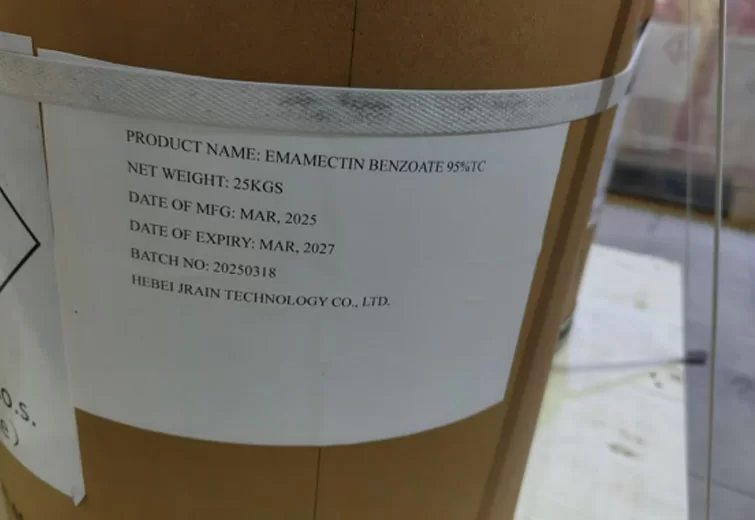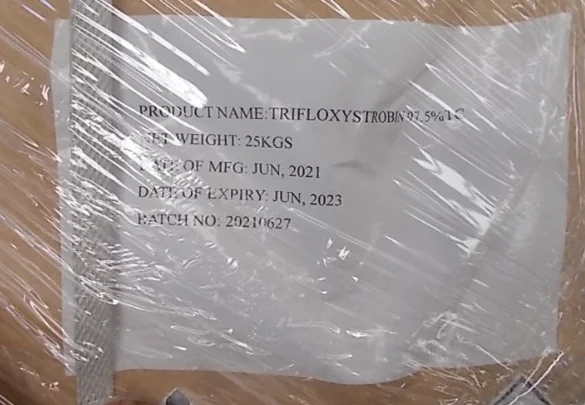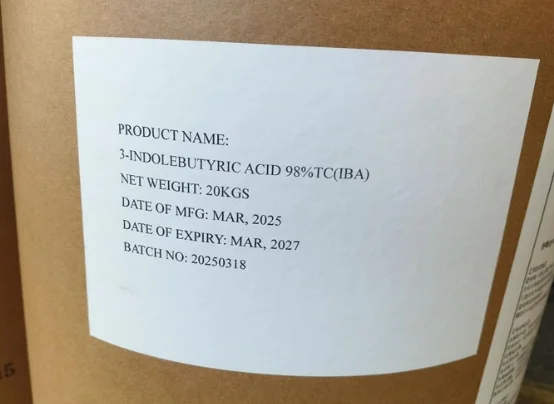![[object Object]](https://hbjrain.com/images/2025/07/20250717161518980.jpg)
Tebuconazole 97%-98%TC SC ,WDG,WP,SL
1.Characteristic: It has three functions: protection, treatment and eradication, wide bactericidal spectrum, long duration, and can inhibit the biosynthesis of ergosterol.
2.Applicable crops: Wheat, rice, peanuts, vegetables, bananas, apples, pears and corn and sorghum
3.Control objects: Rust, powdery mildew, net spot, root rot, scab, smut and seed runner spot and early rice grain blight, etc
4.Method of application: Stems and leaves spray, seed treatment.
5. Precautions: Stem and leaf spray, in the vegetable seedling stage, fruit trees should pay attention to the use of concentration, so as not to cause harm.
Tebuconazole Customer Reviews
Tebuconazole FAQs
-
80%High PurityEnsure the reliability of each product.
-
58%Fast-Acting FormulaQuickly provide visible effects
-
What fungal diseases does Tebuconazole control?
What fungal diseases does Tebuconazole control?
Tebuconazole provides excellent control against rusts, powdery mildews, leaf spots, and fusarium diseases in cereals, fruits, and vegetables. Its broad-spectrum activity makes it particularly valuable in wheat (against septoria), grapes (against black rot), and banana (against sigatoka) production systems.
-
How does Tebuconazole's systemic activity benefit disease control?
How does Tebuconazole's systemic activity benefit disease control?
As a triazole (FRAC Group 3), Tebuconazole is absorbed and translocated acropetally within plants. This systemic movement protects new growth emerging after application and provides curative action against established infections by inhibiting fungal ergosterol biosynthesis.
-
What are Tebuconazole's plant growth regulation effects?
What are Tebuconazole's plant growth regulation effects?
At higher rates, it exhibits PGR properties - shortening internodes and strengthening stems in cereals to prevent lodging. These effects are utilized in wheat and rice management programs, but require precise rate control to avoid excessive stunting.
-
What are the environmental considerations?
What are the environmental considerations?
Moderately persistent in soil (DT50 30-100 days). Avoid runoff to aquatic systems due to toxicity to fish and algae. Buffer zones of 5-10m from water bodies are recommended. Bee safety requires avoiding flowering periods.
-
Can Tebuconazole be tank-mixed with nutrients?
Can Tebuconazole be tank-mixed with nutrients?
Yes, it's compatible with most foliar fertilizers. Mixing with potassium phosphite can enhance disease control. However, avoid alkaline mixtures (pH>8) and conduct jar tests first. Sequential applications may be preferable with certain micronutrients.

